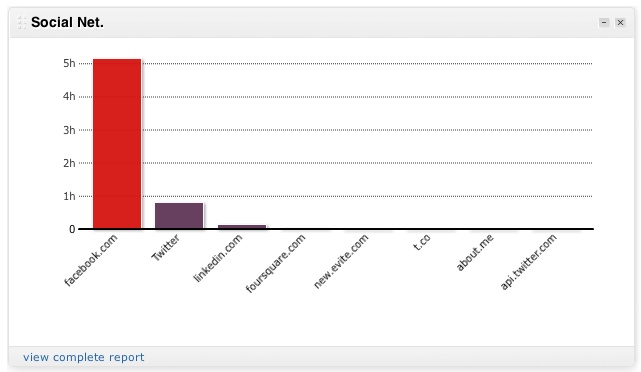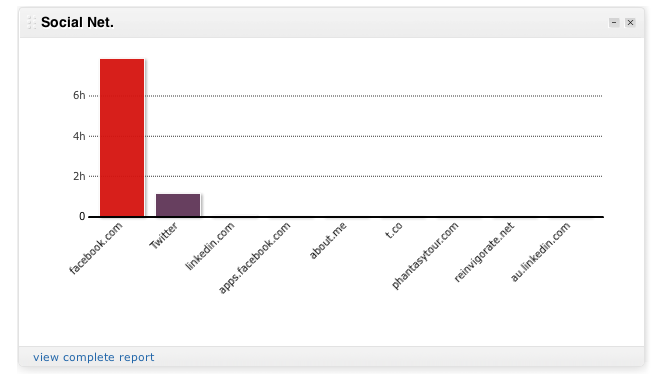I get this question quite often. The myth from outside startup land is that new web companies are mainly a bunch of people writing code into the computer. This is far from the truth. What they don’t realize is that if you build something, you need a strategy to get people to use your product. My online career started in the internet marketing industry getting users for other companies, and now I’m focused on doing the same for my own company. Hardly anyone understands how my internet marketing experience translates to building a product/company because few people understand distribution itself. You need to write code, and get users!
Peter Thiel recently gave a lecture at Stanford regarding distribution. Unfortunately I was not able to attend his lecture in person, but one of the students in the class posted the lecture online:
http://blakemasters.tumblr.com/post/22405055017/peter-thiels-cs183-startup-class-9-notes-essay
This lecture alone is one of the best resources I’ve found on product distribution. Here’s a quote from early in Thiel’s lesson:
The first thing to do is to dispel the belief that the best product always wins. There is a rich history of instances where the best product did not, in fact, win. Nikola Tesla invented the alternating current electrical supply system. It was, for a variety of reasons, technologically better than the direct current system that Thomas Edison developed. Tesla was the better scientist. But Edison was the better businessman, and he went on to start GE. Interestingly, Tesla later developed the idea of radio transmission. But Marconi took it from him and then won the Nobel Prize. Inspiration isn’t all that counts. The best product may not win.
Last fall I studied this exact case in depth as part of one of my courses at Wake Forest. I was amazed to learn about Nikola Tesla and his incredible engineering achievements over Edison’s competing product. However, Edison was a much better businessman. Tesla failed to bring most of his inventions to market with the same degree of success as Edison because he didn’t focus on a disruption distribution channel. Just as Friendster and MySpace existed before Facebook, they were better products. But they didn’t have the word-of-mouth distribution that spread virally across college campuses. Facebook built a product that harnessed distribution through photo sharing among college students.
As Thiel said, “Great distribution can give you a terminal monopoly.”, and that’s exactly what Edison had. Thiel explains further:
Distribution isn’t just about getting your product to users. It’s also about selling your company to employees and investors. The familiar anti-distribution theory is: the product is so good it sells itself. That, again, is simply wrong. But it’s also important to avoid the employee version: this company is so good, people will be clamoring to join it. The investor version—this investment is so great, they’ll be banging down our door to invest—is equally dangerous. When these things seem to happen, it’s worth remembering that they almost never happen in a vacuum. There is something else going on that may not be apparent on the surface.
All of these distribution challenges, including getting users, recruiting employees, and soliciting investors must be deeply thought about in your organization.
Just like every great tech company has a good, unique product, they’ve all found unique and extremely effective distribution angles too.
Does Pinterest ring a bell? Or how about Instagram? They are the most recent examples of viral growth. They both nailed product distribution and now they are reaping the rewards.
Thiel goes on to explain that all companies rely on distribution:
Engineers underestimate the problem of distribution. Since they wish it didn’t exist, sometimes they ignore it entirely. There’s a plot line from The Hitchhiker’s Guide to the Galaxy in which some imminent catastrophe required everybody to evacuate the planet. Three ships were to be sent into space. All the brilliant thinkers and leaders would take the A ship. All the salespeople, consultants, and executives would take the B ship. All the workers would take the C ship. The B ship gets launched first, and all the B passengers think that’s great because they’re self-important. What they don’t realize, of course, is that the imminent destruction story was just a trick. The A and C people just thought the B people were useless and shipped them off. And, as the story goes, the B ship landed on Earth.So maybe distribution shouldn’t matter in an idealized, fictional world. But it matters in this one. It can’t be ignored. The questions you must ask are: how big is the distribution problem? And can this business solve it?
So, there you have it, those are two of the most challenging questions any startup faces. What do you do to answer the second question? Find one distribution channel that works. Whether it’s internet marketing, door-to-door sales, partnerships, or a number of other options, you need one channel that works.
It is very likely that one channel is optimal. Most businesses actually get zero distribution channels to work. Poor distribution—not product—is the number one cause of failure. If you can get even a single distribution channel to work, you have great business. If you try for several but don’t nail one, you’re finished. So it’s worth thinking really hard about finding the single best distribution channel. If you are an enterprise software company with a sales team, your key strategic question is: who are the people who are most likely to buy the product? That will help you close in on a good channel. What you want to avoid is not thinking hard about which customers are going to buy it and just sending your sales team out to talk to everybody.
Mark Benioff, founder of Salesforce.com, is notorious for his thoughts that finances for all companies are a direct reflection of the sales people that sell for the organization. At the end of the day all of these organizations are manifested in a numerical profit and loss statement. Your ability to get product distribution will determine the balance sheet.
I don’t currently write code. I focus on the distribution game.
Finally, a side note to those that believe distribution channels such as advertising have no effect them:
We live in a society that’s big on authenticity. People insist that they make up their own minds. Ads don’t work on them. Everything they want, they want authentically. But when you drill down on all these people who claim to be authentic, you get a very weird sense that it’s all undifferentiated. Fashionable people all wear the same clothes.






